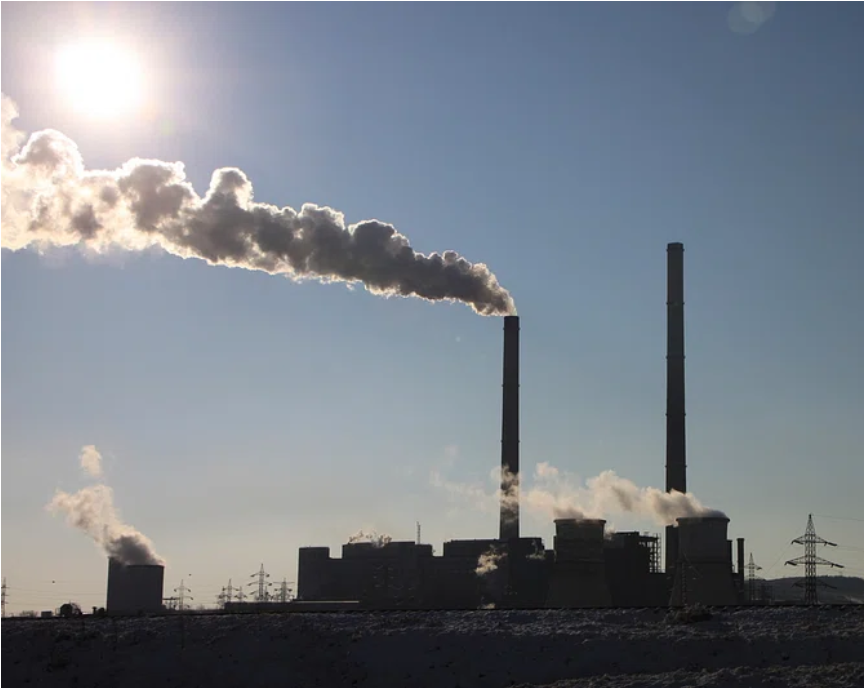Carcinogenic Industrial Air Pollution Emitted Inequitably Across the U.S.
, by Maura Kate Costello, M.A.
Industrial emissions of carcinogenic chemicals disproportionately occur in neighborhoods where African American, Hispanic, and Latino individuals, and people with limited education or those experiencing poverty, reside. An analysis of data from the U.S. Environmental Protection Agency and the U.S. Census indicated the potential for inequity in the volume of carcinogenic chemicals in the ambient environment, which may contribute to observed cancer disparities. These findings were published January 5, 2024, in the Journal of the National Cancer Institute.
Industrial facilities—present in every state and territory of the U.S.—emit millions of pounds of carcinogens every year. While prior studies have shown that these facilities themselves are not located uniformly across the country, differences in the burden of specific carcinogenic pollutants had not been evaluated previously.
In order to expand our understanding of the potential public health impacts of these emissions, Jessica Madrigal, Ph.D., M.S., research fellow and Independent Research Scholar in the Occupational and Environmental Epidemiology Branch, and colleagues, conducted a study to describe the type, quantity, and location of emissions from these sites.
The researchers evaluated cross-sectional associations of population characteristics—including race and ethnicity, educational attainment, and poverty at the census tract level—with 21 known human carcinogens from industrial sources, including benzene, formaldehyde, 1,3-butadiene, and nickel.
Using data from 2018, they found that a total of 2,196 industrial facilities reported estimated emissions of approximately 11 million pounds of carcinogens to the air in 1,763 census tracts, potentially exposing approximately seven million people. Formaldehyde, benzene, and 1,3-butadiene were among the most heavily emitted of these carcinogens.
The odds of tracts having the greatest burden of benzene, 1,3-butadiene, ethylene oxide, formaldehyde, trichloroethylene, and nickel emissions compared to non-exposed were 10%-20% higher for African Americans, whereas White populations were up to 18% less likely to live in tracts with the highest emissions. Among Hispanics and Latinos, odds were 16-21% higher for benzene, 1,3-butadiene, and ethylene oxide. Populations experiencing poverty or with less than high school education were associated with up to 51% higher burden, regardless of race and ethnicity.
In light of known cancer disparities by race, ethnicity, and socioeconomic status in the U.S., future studies are needed to evaluate whether the inequities in potential exposure observed in this study contribute to those disparities. Additionally, given that many of these chemicals have primarily been studied in worker populations and are found at low levels in the ambient environment, more research is needed on the relationships between these chemical-specific environmental emissions, individual-level exposure, and cancer etiology.
Reference
Madrigal JM et al. Sociodemographic inequities in the burden of carcinogenic industrial air emissions in the United States. J Natl Cancer Inst. 2024.
